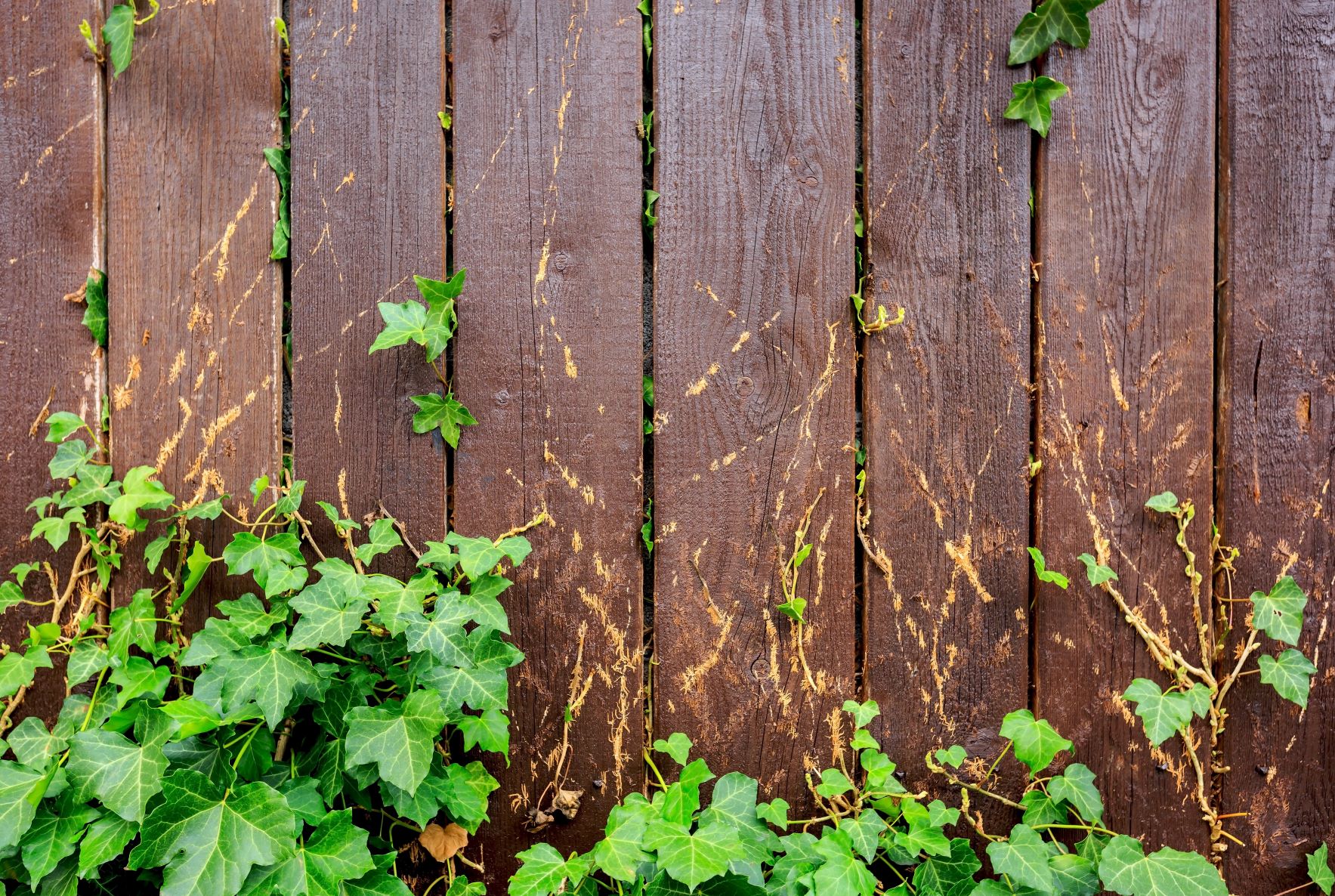What to Know About Urushiol

If you live in the United States, chances are very high that you have heard of the infamous plant, poison ivy. In fact, considering that poison ivy represents the most common allergic reaction in the US (roughly 85% of people will have an allergic reaction to it, and 15% of people will have a severe reaction) it is likely that you or someone you know has had an unpleasant encounter with this nasty plant.
But why exactly does poison ivy cause an allergic reaction in people? The short answer is: urushiol, a naturally occurring oil that can be found in every part of the poison ivy plant from leaves, to sap, to stems, to roots. It is this toxic resin that produces the famous itchy rash associated with poison ivy, and not the actual body of the plant itself.
Oddly enough (when you consider the widespread nature of poison ivy), it can be surprising just how much misinformation and misunderstanding surrounds urushiol. This article will therefore explain all the relevant facts that you should know about this toxic compound.
Distribution
Something that a majority of people don’t realize is that urushiol is the same toxic compound that is also responsible for the allergic reactions caused by poison oak and poison sumac. Although there are some chemical differences between the urushiol found in these three plant species, all three will ultimately produce the same (or very similar) reactions when they come in contact with human skin.
Between these three toxic plant species, urushiol can be found in nearly every corner of the United States with poison ivy being the most common, found in every state but Hawaii, Alaska, and California. Poison oak grows along the entire west coast and throughout the southern states, and poison sumac occurs in every state east of the Mississippi river (and a few west of the river as well).
History and Uses of Urushiol
Urushiol was first officially described in the west when early explorers described poison ivy in 1624. It was compared it to English Ivy but didn’t connect its irritating qualities to the waxy oil found on the plant. However, people in east Asia have been aware of the oil for thousands of years due to the fact that, when exposed to oxygen under the right conditions, urushiol can be turned into a black lacquer used in carpentry. In fact, urushiol derives its name from the Japanese word for lacquer, urushi.
In the following centuries, scientists tried to find a medicinal use for the plant, convinced that the strong reaction it provoked on skin was a sign that it had powerful healing properties as well. It wasn’t until the early 20th century that a Japanese scientist, Rikou Majima, connected urushiol to the allergic reactions caused by poison oak, ivy, and sumac, and began to truly understand it on a chemical level.
Basic Mechanics: How it Works
Technically speaking, urushiol is produced exclusively in the sap of poison ivy and related plants. However, the oil comes to the surface when the plant is damaged, as well as in the late fall when it will leak out to cover the whole surface of the plant naturally.
The allergic reaction is produced when the urushiol oil comes in contact with human skin. However, oil that has been spread on clothing, tools, animal fur, or other surfaces can remain on that surface for months or even years if not properly washed and cleaned.
This means that (contrary to popular belief), you can’t spread a poison ivy rash around your body by touching the rash and then touching an unaffected body part. It is however possible to spread the rash around your body by touching oil left on your clothes and then touching exposed skin. This is why, if you come in contact with urushiol, it’s vital to thoroughly wash yourself, your clothing, and anything else that might have come in contact with the plant.
Symptoms of Urushiol Interaction
Another fact that many people aren’t aware of is that most people’s skin must be sensitized to urushiol before they’ll experience any reaction - most people will have no reaction at all the first time or two that they come in contact with poison oak, ivy, or sumac.
Once sensitized however, the symptoms of poison ivy are mostly well known - an itchy, irritating, red rash, sometimes with blisters, on the affected skin. This rash will generally not appear right away, instead requiring 24-48 hours to fully develop, and will usually disappear by itself after 2 to 3 weeks.
These symptoms don’t require medical attention, though you should see a doctor if the rash affects eyes or genitals, doesn’t go away after a few weeks, if blisters start oozing pus, or if you develop a fever.
Treatment
At Tecnu, our goal is simple: to create innovative products that help our consumers solve a problem.
Our team continually strives to find new and better ways to not only meet, but to exceed the needs and expectations of our customers. We vow to stay on the path of advancement without losing sight of who we are at our core: a driven group of individuals with a desire to help others, whether they be outdoor adventurers, gardeners, athletes, moms, dads, or all of the above
TecLabs offers the industry’s best treatments for poison ivy, poison oak, and poison sumac. Our Original Outdoor Skin Cleanser and Extreme Poison Ivy Scrub helps wash away the culprit (urushiol).




